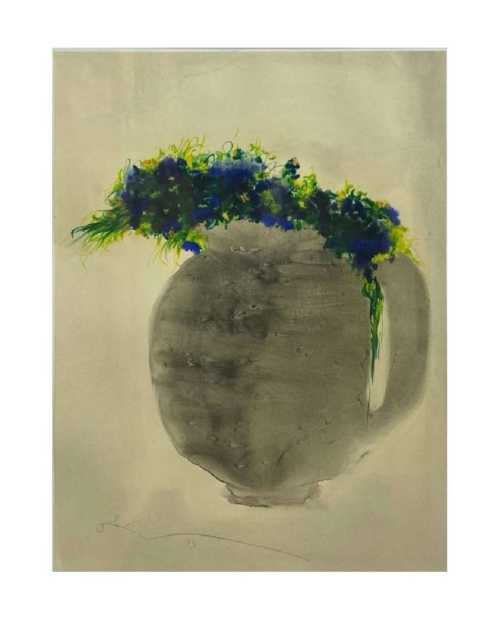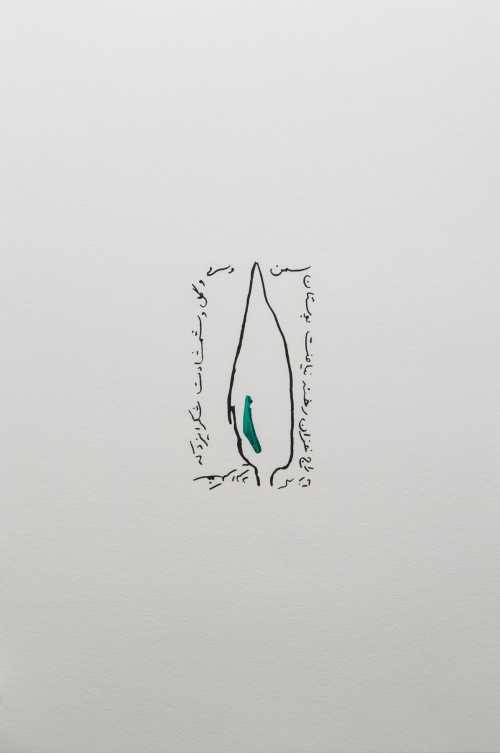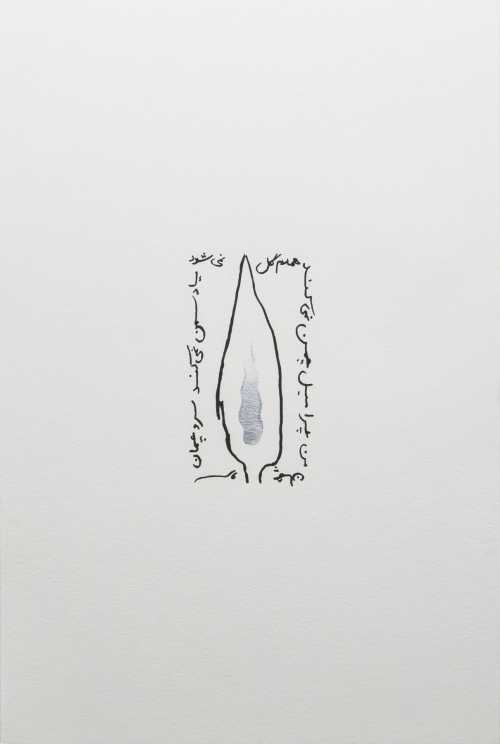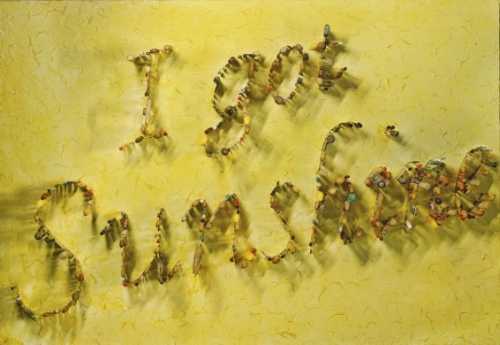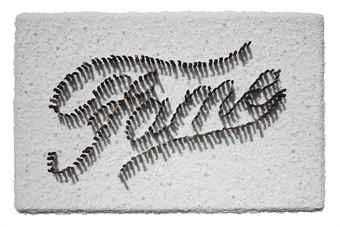- Goya
- Installation
- 310 * 192 cm
- each work 24x31 cm
Exhibition Histories
Artwork Description
A true multidisciplinary artist, Farideh Lashai produced work across painting, sculpture, installation and stop motion animation in a career that spanned more than five decades. Through brusque abstraction as well as narrative compositions and lyrical forms, Lashai’s diverse output from the early 1960s into the twenty-first century shows a reverence for idyllic landscapes while also reflecting her personal history and engagement with Iran’s political and social conditions.
On view here are multiple works by Lashai, including But When I Look, There is Only a Shadow and a reworking of Goya’s ‘Disaster of War’ series, When I Count There Are Only You… (2012–2013), which inspired the title of this exhibition. The artist removes the violent imagery present in the original etchings and reintroduces them through a projection that dances around between the frame. The work highlights the commonalities between oppression and brutality all over the world.
Lashai’s response to the Arab Spring in Egypt, El Amal (2011) is a projection of Charlie Chaplin dancing in a scene from The Great Dictator under the emerging face of Um Kulthoum from the top of the screen. The eyes of the singer are closed, as if she is ignoring the minuscule dictator under her watch dancing in excitement to the tune of her song ‘El Amal’, meaning hope.
Also on view is Lashai’s Horses (1989), a series of paintings executed with lightweight brush strokes and abstract depiction of the animals, created after the death of her mother. The series is a great example of the artist’s experiments with colour and form.
On view here are multiple works by Lashai, including But When I Look, There is Only a Shadow and a reworking of Goya’s ‘Disaster of War’ series, When I Count There Are Only You… (2012–2013), which inspired the title of this exhibition. The artist removes the violent imagery present in the original etchings and reintroduces them through a projection that dances around between the frame. The work highlights the commonalities between oppression and brutality all over the world.
Lashai’s response to the Arab Spring in Egypt, El Amal (2011) is a projection of Charlie Chaplin dancing in a scene from The Great Dictator under the emerging face of Um Kulthoum from the top of the screen. The eyes of the singer are closed, as if she is ignoring the minuscule dictator under her watch dancing in excitement to the tune of her song ‘El Amal’, meaning hope.
Also on view is Lashai’s Horses (1989), a series of paintings executed with lightweight brush strokes and abstract depiction of the animals, created after the death of her mother. The series is a great example of the artist’s experiments with colour and form.
Realized Price
48,662 USD
Min Estimate
32,528 USD
Max Estimate
44,911 USD
Average Artwork Worth
+44.388%
Average Growth of Artwork Worth
Sales Performance Against Estimates
Average & Median Sold Lot Value
2021 - 2025
Performance vs. Estimate
2021 - 2025
Sell-through Rate
2021 - 2025

